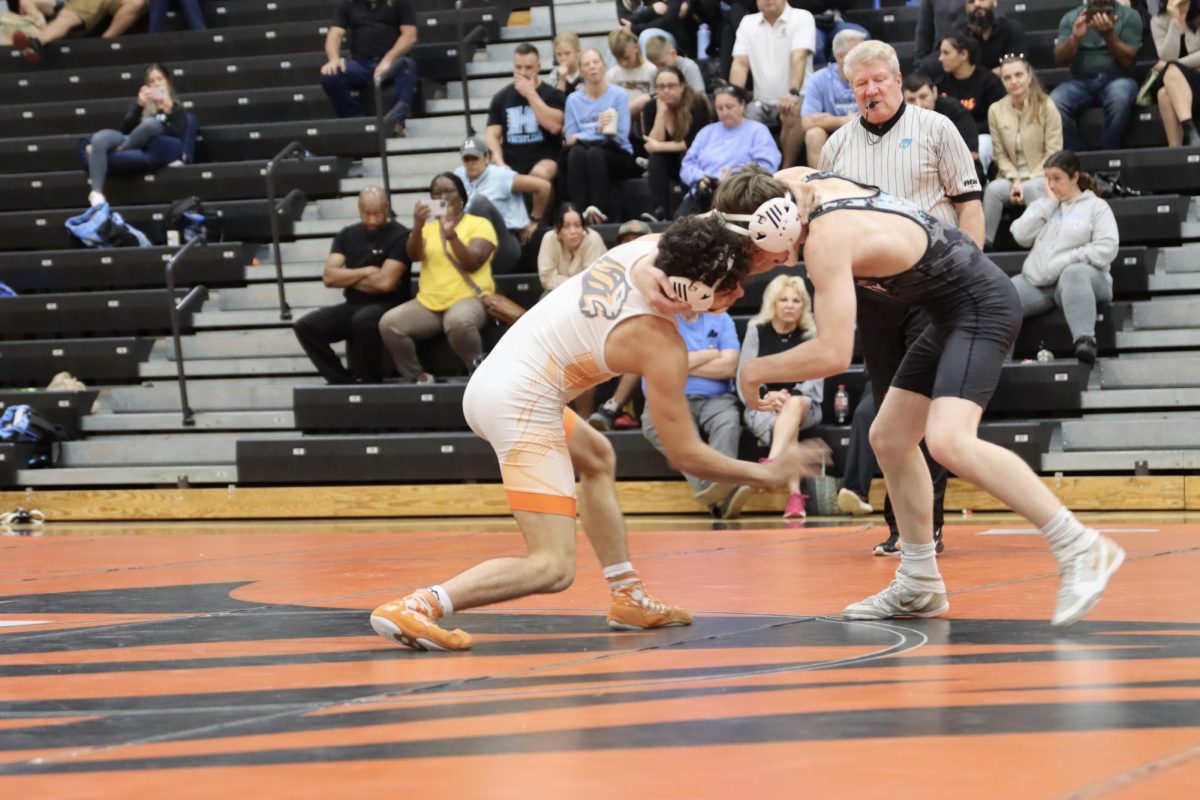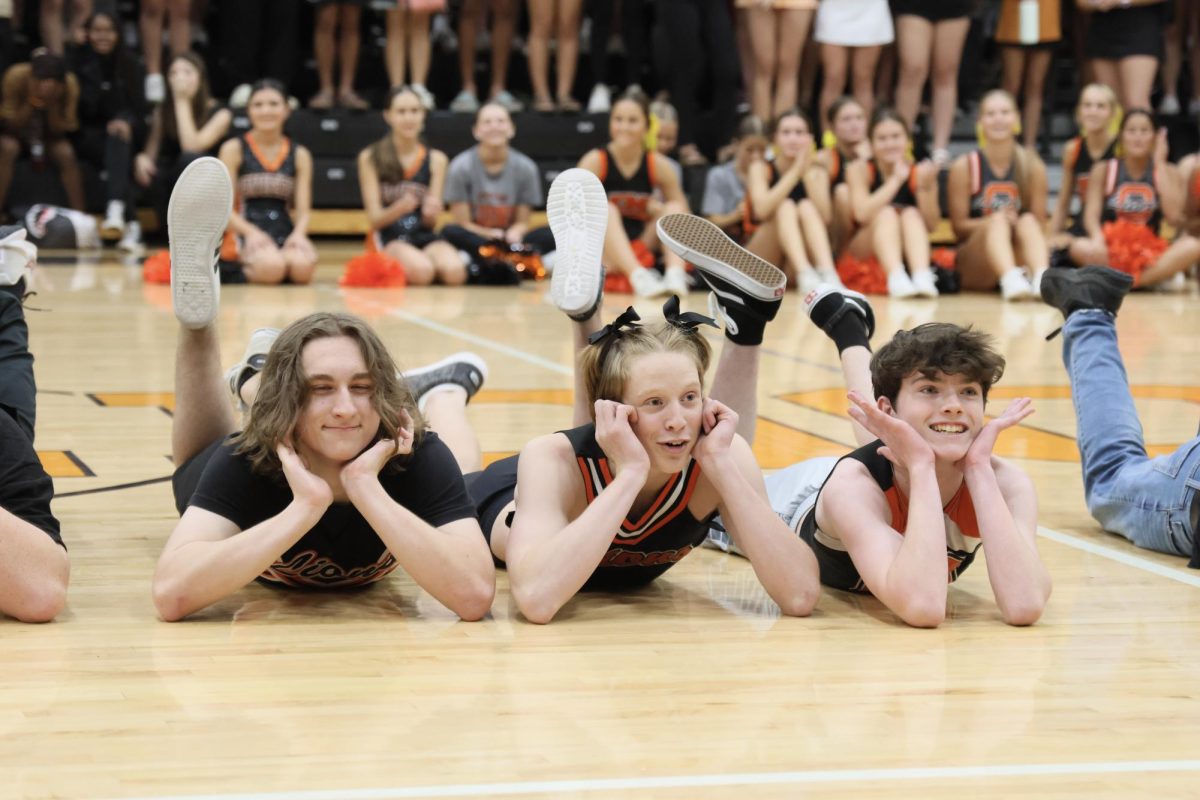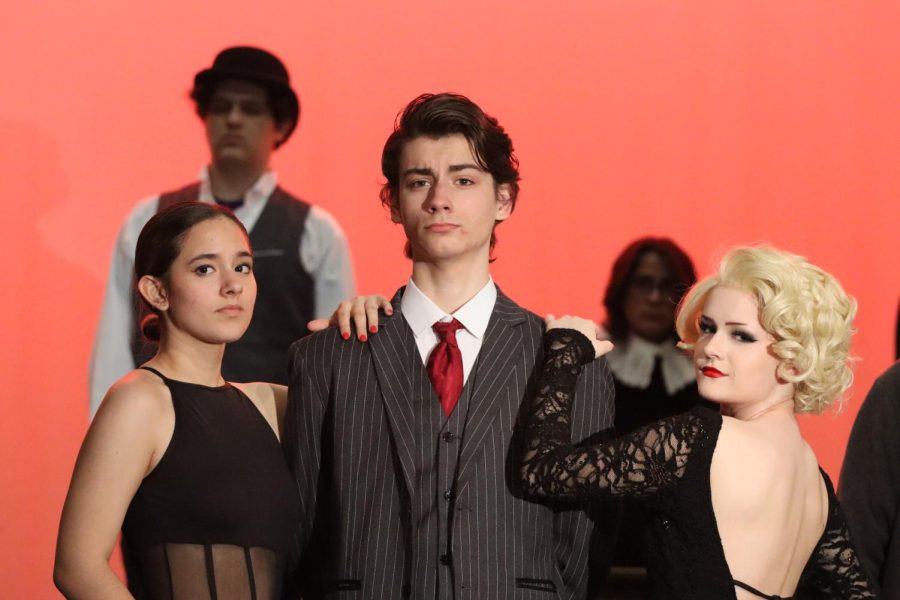Current fashion negatively affects teens
This story was originally published in the first edition of The Lion’s Tale (October 1, 2019).
It’s no surprise that the media influences what people wear; from fashion magazines to celebrity clothes and designers, there are always influencers promoting what they believe is a current trend. These trends and styles are usually directed toward female teens and young adults since they are the ones who are easily influenced and who care the most about how they look and are represented. The fashion industry has become a monopolous part of society, practically dictating what people wear. This effect includes even child and teen celebrities such as Millie Bobby Brown and Billie Eilish that are often made to look older and put in clothing that shows their bodies.
Mara Wilson, a former child star who starred in “Matilda” and “Mrs. Doubtfire” acknowledged that the media has a “creepy, inappropriate inclination to sexualize young girls” in an opinion editorial she wrote for Elle magazine. However, these new clothes and styles that are influenced by the media are often reflected through students at public schools.
Since the media has an influence on student clothing, and these new and trendy clothes are often inappropriate for a school setting, students will often get dress code violations for clothes that their media is presenting to them.
According to the Seminole County dress code statement, it is expected “ that the students be clean, neat, and properly dressed,” since school is seen as a place for learning and students should conduct themselves in a semi-professional manner. Technically, students at Oviedo High School are supposed to receive a dress code violation if their clothing does not meet these requirements, or if they are seen as a “distraction” to the other students. However, some students have noticed that these violations are not always given fairly, mostly noticing a difference between girls and boys.
“It’s interesting that a lot of guys will wear the same things as girls and not get dress-coded for it,” said OHS senior Connor Tenney, further proving that there is a bias when it comes to dress code.
This is an occurrence that is part of a problem that has been affecting women throughout history. Women are looked at like objects, and the fact that this is a main concern for minors is incredibly terrifying and violating. Children are seen as bodies and not people, even by adults.
Shaming is another issue that unfortunately comes with the new trendy clothes that the media support. At school and in society, many women are shamed in some way for what they wear and how it makes them look. Usually for younger girls, they are shamed into thinking that no matter what they wear they can’t look good, which causes a lot of self-esteem and body-confidence issues.
“I’ve seen people get shamed for what they wear, especially if they’re…overweight a little bit,” Tenney said. He added that girls were wearing the same kind of clothes that girls with other body types were wearing, but were made to feel bad about their appearance for not conforming to the “ideal” body image in those clothes. Women aren’t just being shamed for their clothes, but for their bodies; and how only some women are held accountable because they have a different body type.
This kind of shaming happens to girls of all ages, and both men and women that will participate. Even in teen magazines such as Teen Vogue, there are tips on what is trendy and what looks good; further pushing for a standard of young girls that is not appropriate for schools, which is where teenagers spend most of their time. Oftentimes, schools just want their students to dress for a learning environment, and not expect them to wear their most fashionable clothing that’s more appropriate for out of school activities.
On the other hand, they have no business to send girls home because of what they wear – basically saying that how they dress is more important than their education. This is less of an issue in high school where the dress code is pretty lax and most students won’t wear anything that’s too inappropriate, but the fact that young girls in elementary and middle schools are being sent home proves that it’s not the clothing that’s the problem, but the sexualization of these children that is creating the problem. Schools and society in general need to change. They need to not punish students for expressing themselves, not judge and sexualize girls who are too young to even know why adults would think their clothes are wrong. They need to take responsibility for creating a more positive environment for everyone to be comfortable in, and do something when young girls are being targeted.
Your donation will support the student journalists of Oviedo High School. Your contribution will allow us to purchase equipment and cover our annual website hosting and printing costs. Thank you!

![Prom king Colin Napier and queen Leah Hopkins dance the night away during the Golden Gala on April 26th. Prior to the prom, the Student Government must make many preparations over the course of months in order to ensure it goes off without a hitch. However, their work eventually pays off when it comes time for the dance. “We set up [the prom] the day before, and it’s horrible. We’re there for a very long time, and then we get our beauty sleep, and then we get ready for prom the next day,” Aubrie Sandifer said.](https://oviedojournalism.com/wp-content/uploads/2025/05/Oviedo-197-800x1200.jpg)
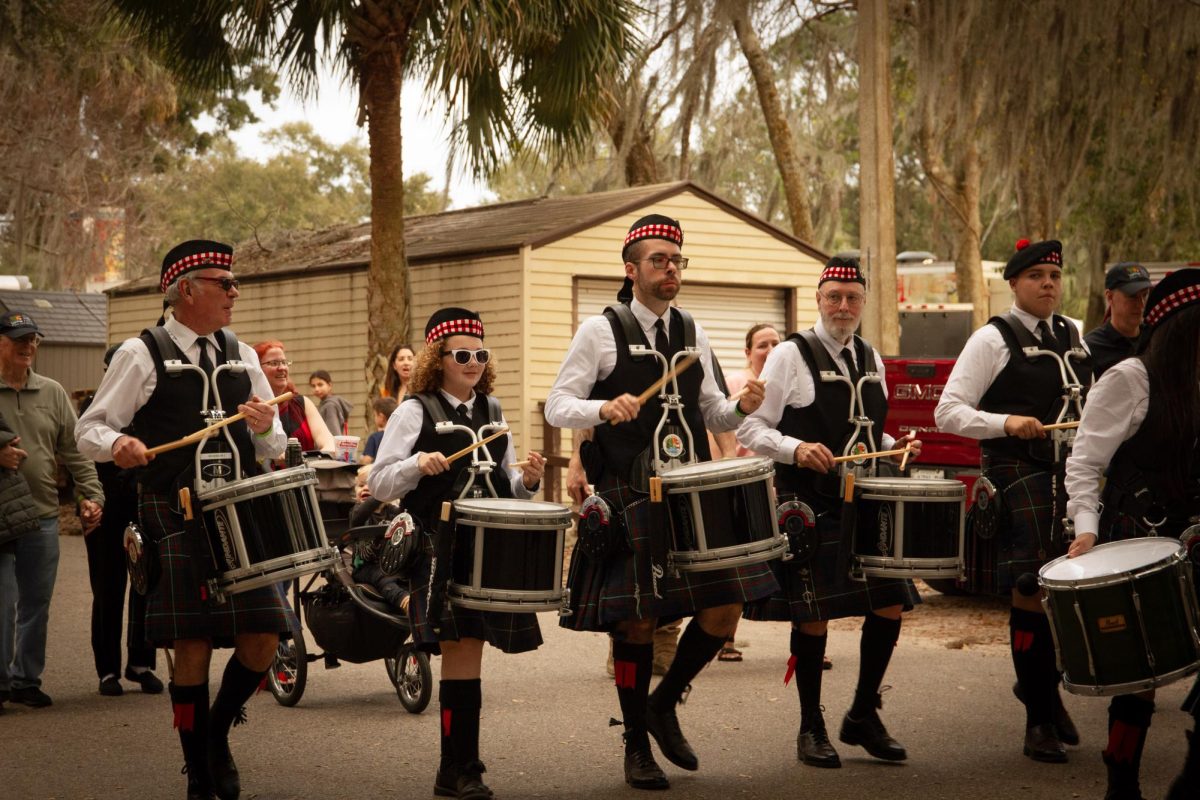



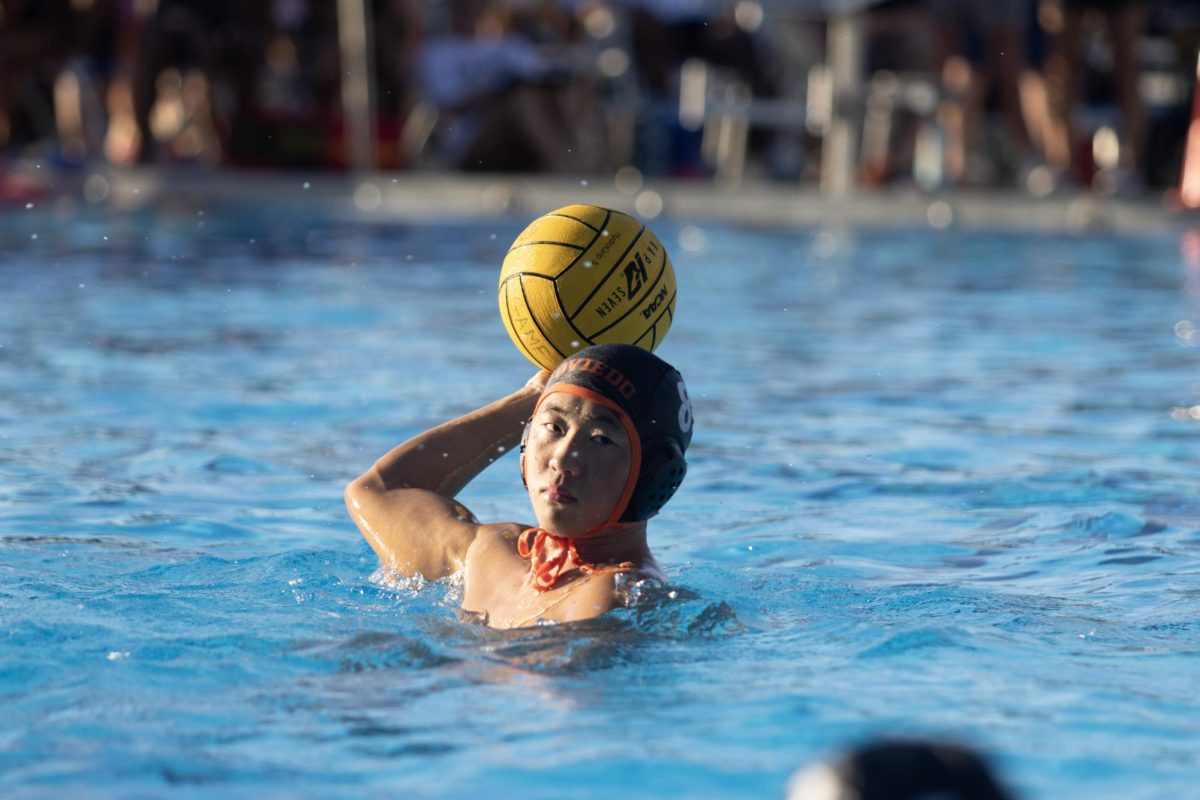

![Hopkins at Honor Grad with golf coach John McKernan. As Hopkins’ golf coach for the last two years he has seen Hopkins’ growth as a player and person along with their contributions to the team. “[Hopkins] has just been really helpful since I took [the golf team] over, just anything I wanted to do I ran by [Hopkins],” said McKernan.](https://oviedojournalism.com/wp-content/uploads/2025/05/B66A7760-800x1200.jpg)



